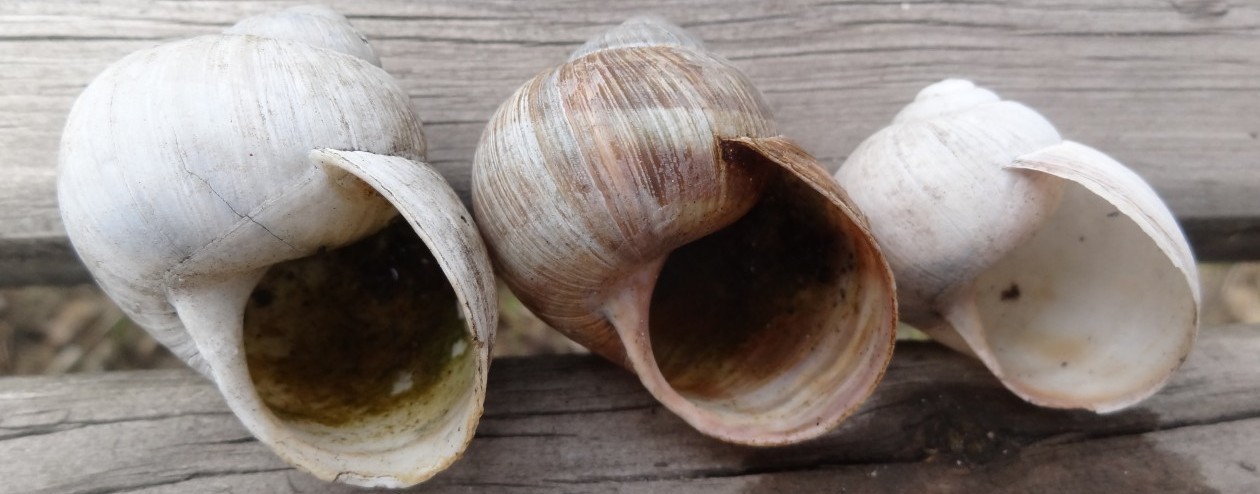I read a Victorian translation of Cellini’s Treatise on goldsmithing, sculpture and other diverse arts. The actual book was a soft cover with facsimile pages of the translation printed by associates of William Morris. So, it was nice to see the Victorian translation in a Victorian font but it was the content that was engaging.
Cellini covers so many techniques but in the context of executing them in 16th century Europe. He dictated his story and it was taken down as he spoke. C R Asbee, the translator of this work, tried to keep to the original and he has kept the feel of someone talking to you without pretence. I enjoyed it so much that thought I’d try the memoirs and found a copy in the Minster library [part of the University of York].
This “The Life of Benvenuto Cellini “, translated by J A Symonds, is a Victorian book with the pages torn [as 8 pages were printed at the same time, folded and stitched into the book, then the edges were torn – carefully]. I don’t think the book had been read as there are a few pages still connected along their edges. I don’t know why but this book was more engaging than the treatise but is was. It still sounds like someone talking without pretence but covers his journeys in Europe and how he gets on with people. Both books are written in in fairly short chapters; usually only a couple of pages long.
The spine’s cover has fallen apart while I’ve been reading it and I agree with someone [was it Warpole], that with memoirs like these, who needs fiction. It races along with murders and wars, intrigue and deceit. Yes, some of the murders are at Cellini’s own hand and the intrigues are with bishops, cardinals and popes, as well as dukes and the king of France.
Cellini is very much a self publicist – nobody else’s goldsmithing is as good as his. However, he is full of praise and admiration for Michel Angelo Buonarroti; there lives overlapped and Cellini recounts stories of their times together.
So, think about getting a copy as something to read while on holiday. There are several english translations available but I’ve only read Symond’s version.



